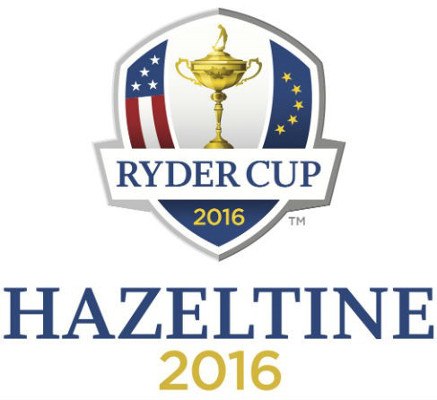
In the late 1970’s, organizers from both sides of the Ryder Cup agreed a major format change was in order.
The reason – American dominance of the Cup and lopsided match scores were killing interest in the competition. Up to that point, the biannual contest matched the best players from the United States vs. the best players from Great Britain and Ireland.
Beginning in 1979, Great Britain/Ireland was allowed to expand their roster to include players from the entire continent of Europe. In the preceding 50 years, Great Britain and Irelands record in the matches was 3 wins, 18 losses and 1 tie. After the change, Europe’s record stands at 10 wins, 7 losses and 1 tie.
The goal to increase interest among top players, golf fans and the media has been a huge success. The Ryder Cup now is one of the most anticipated events in golf. Viewership is through the roof and competition to make the team is intense for both teams. For American fans however, the change has become frustrating over the past two decades. Europe has won 8 of the last 10 Ryder Cup Matches, including a 16 ½ to 11 ½ drubbing of the American squad at Gleneagles, Scotland in September 2014.
Adding insult to injury, the American team’s internal dissent, and bad feelings between Phil Mickelson and Captain Tom Watson, spilled out in public.
So, while the United States still leads the overall series by a score of 25 – 13 (with 2 ties) sentiment was so bad following the 2014 loss that the PGA of America resorted to doing something usually reserved for politicians – they created a “task force.”
When you hear the words task force you typically think of societal efforts to reduce crime or improve education. The creation of the task force speaks volumes about the level of desperation surrounding America’s Ryder cup effort.
Fortunately, the task force has since been replaced by a smaller, less formal group – the PGA of America Ryder Cup Committee which consists of 2016 Captain Davis Love III, Phil Mickelson, Tiger Woods and three PGA officials.
The task force and committee did make some concrete changes to the U.S. selection process. The PGA eliminated Ryder Cup points for tournaments in the “fall” 2015 season, the tournaments after the Tour Championship with the rationale that many top players don’t participate in these events.
The 2016 U.S. Ryder Cup team will consist of 8 qualifiers and 4 Captain’s picks, as opposed to the 9 qualifiers and 3 Captain’s picks that comprised the 2014 squad.
They also implemented what has come to be called “the Billy Horschel Rule,” which extends the Captain’s picks deeper into the FedEx Cup playoffs. Captain Love will make his first 3 picks after the BMW Championship (3rd event of the playoffs) and his final pick after the Tour Championship. Horschel, who won two FedEx events in his scorching run during the 2014 playoffs, was famously left off the team. This change is designed to ensure that America’s hottest players are on the tee box when the 2016 Ryder Cup begins play.
Let’s take a look at the current U.S. Ryder Cup Team qualifying points through February 2, 2016. The top 8, who would be automatic qualifiers under the new format include: Jordan Spieth, Dustin Johnson, Brandt Snedeker, Zach Johnson, Rickie Fowler, Kevin Kisner, Phil Mickelson and Jason Dufner.
The next 8 players on the outside looking in, would have to be named by Captain Love to make the team: Patrick Reed, Brooks Koepka, Bubba Watson, J.B. Holmes, Kevin Na, Bill Haas, Kevin Streelman and Gary Woodland.
You will notice a few familiar names currently missing from this list including Matt Kuchar, Jimmy Walker, Keegan Bradley and the injured Jim Furyk. The good news for this group is an increased emphasis on tournaments later in the schedule and an additional Captain’s pick as a part of our next Ryder Cup team.
Will these changes be enough to make a difference at Hazeltine? Only time will tell.





